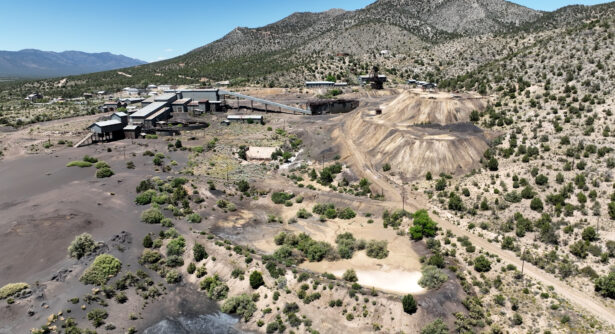
Dig It: Rethinking how we Manage Soil at Redevelopment Sites
When is soil just “dirt”, when is it a waste, and when is it a resource? The answer may be in the eye of the beholder. Given the length of time it takes to create 1 cm3 of topsoil (estimated at 200-400 years), the current approach to managing excess soil at redevelopment sites in the United State (U.S.) merits further analysis.
Following passage of the 1980 Federal Superfund law, states, localities, and the real estate sector began considering the redevelopment potential of sites with environmental histories that were below the Superfund threshold. In 1988, the Minnesota Legislature amended the state Superfund law, creating the country’s first voluntary investigation and cleanup program, initially called the Property Transfer Program. The Property Transfer Program’s purpose was to review and approve investigation reports and response actions plans prepared by voluntary parties, and provide assurance letters to help facilitate real estate transactions. In those early days, response actions focused on excavating and disposing of contaminated fill soils. Applying cost-benefit analysis to “dig and dump” practice was not a key consideration. Success was determined by helping otherwise unmarketable properties move forward.
Fast forward to today, and we are truly living in different times. Around the world and across the country, governments have recognized the need for next-generation thinking about how we manage excess soils. New considerations include cost savings, efficiency, the advent of risk-based site cleanups, what constitutes a solid waste, as well as sustainability, resilience and climate adaptation. Factor in scarce public resources to fund redevelopment, and the need to take a fresh look at current practices is obvious.
The Center for Creative Land Recycling and Minnesota Brownfields recently teamed up to present two webinars showcasing the latest innovations in managing excess soil. The first session covered the United Kingdom’s (U.K.’s) approach to excess soils management. Sustainability considerations, as well as diminishing landfill space and sharp increases in tipping fees, led to governmental rule changes and the creation of CL:aire, a national clearinghouse in England and Wales for the exchange of both regulated and unregulated materials. CL:aire oversees a system for matching receiving and importing sites, following a Definition of Waste Code of Practice (DoW CoP). The DoW CoP enables the reuse of excavated materials on-site or their movement between sites. Since launching in 2008, the DoW CoP has resulted in nearly 3300 “declarations” or projects, and has diverted 56,106,448m3 from landfills— enough to fill over 22,000 Olympic swimming pools. Following the U.K. government’s lead, the redevelopment industry was crucial to informing and developing the DoW CoP. As a non-governmental organization, CL:aire is responsible for logistics, tracking, and quality control of professionals, providing a comprehensive system that is well beyond the capacity of most governments. It is true that liability is a far less prevalent concern in the U.K. than in the U.S. Nonetheless, U.S. governments seeking new approaches to excess soil management will find they can learn much from the CL:aire system.
The second webinar examined newer models around the U.S. for excess soil management. In 2017, the New York Department of Environmental Conservation implemented Part 360 rule changes, ending the classification of fill soils as a solid waste subject to four conditions, and providing non-landfill options for reuse of fill soils. The Minnesota Pollution Control Agency is currently exploring modifying state statute to enable liability protection for exporters and importers of regulated fill soils. The Ohio Environmental Protection Agency (EPA) has teamed up with the U.S. EPA’s Cleveland office to implement beneficial reuse of dredged material at eight federally operated ports, using a process to repurpose the dredged materials for agricultural uses. And in New York City, the Office of Environmental Remediation’s Clean Soil Bank is a municipal soil exchange connecting clean fill to a variety of end uses and users, including parks and climate resilience waterfront projects. In so doing, the Clean Soil Bank has produced significant project cost savings and environmental benefits.
Together, these webinars show how governments are adapting soil management rules and policy to respond to changing conditions. Cities and states are facing new challenges: deteriorating infrastructure and diminishing landfill space; environmental justice concerns; cost efficiency; public health considerations; truck emissions; climate resilience and sustainability are all influencing the current debate. So again, we ask: when is soil just “dirt”, when is it a waste, and when is it a resource? In answering this question, one thing is certain: the rules and policies of 30 years ago are no longer sufficient to respond to current redevelopment needs.




